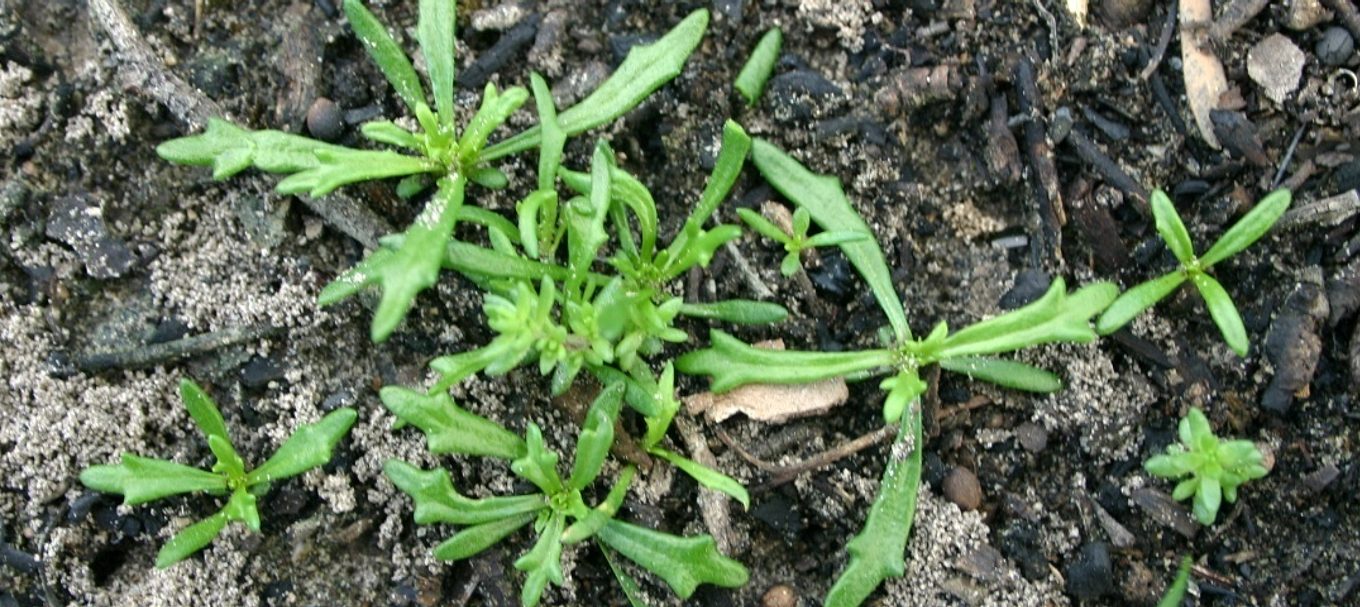
The how and why of planned burns
But we often get asked about how and why decisions are made to carry out specific burns.
People are sometimes surprised that we burn in an area that to them does not look that overgrown, for example, and not in another that they consider seems potentially much more dangerous. It’s a good question, and one that comes down to the science of fires.
The first point to make is that when burning for safety reasons – such as to protect homes and property or create a bushfire buffer – we do so based on the current situation, not a predetermined roster.
If what we call the ‘overall fuel hazard’ gets to a worrying level, then we will do what needs to be done.
Of course, sometimes we burn for conservation rather than safety reasons. Fire is a normal and valuable part of the ecological system in Australia, so we try to replicate what would happen naturally if humans weren’t around.
Some plants thrive after fire, and some animal species will leave an area if there hasn’t been recent fire to reduce vegetation.
When assessing fire risk, it’s actually the small stuff that causes most concern. What we call ‘fine fuel’ – dead leaves, twigs, bark and sticks – is the most significant contributor to the spread of a bushfire.
While tree trunks and logs do burn and add to the intensity of a bushfire, they don’t help it spread to unburnt areas. So areas with logs, trees or short grass do not pose as great a hazard as areas with a dense shrub under-storey or a deep layer of leaf litter, and that affects our decisions.
But we also factor in environmental considerations and will exclude vulnerable areas or take certain steps to protect key areas. It’s quite a balancing act.
Planned burns are much more common than you might think. We have carried out more than 600 in the past 11 years and conduct around 20 each spring and autumn in the Mt Lofty Ranges alone.
Most are pretty routine affairs, but an enormous amount of planning goes into them. Each winter we map out a possible schedule for a year or so ahead, and each individual burn can take a full year to plan.
However, the exact date may not be known until a day or two beforehand, and if conditions aren’t just right we don’t proceed.
We let local residents know as soon as possible and keep them in the loop as things develop.
There are always some concerns, particularly about smoke spreading, but most people are reassured when they hear the full story. We’ll talk about how a burn actually takes place and how burnt areas recover in future posts.
You might be interested to know that Australia is a leader in using 'fire to fight fire' and in the past decade the US, Canada and countries in Mediterranean Europe, southern Africa, Asia and South America have followed our lead in using planned burns.
Check out the next post in our series which looks at "The science behind planned burns".
More information on fire management is available on our website. You can also subscribe to receive regular fire management information.





